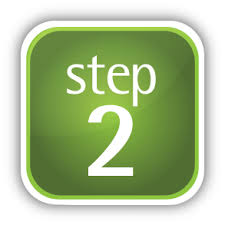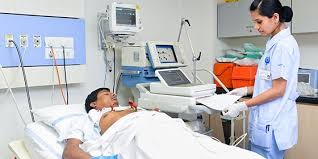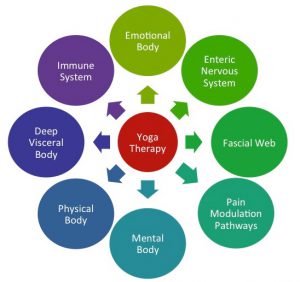First of all a little more about your host or guide. My name is Michael. I grew up in Upstate NY and am the oldest of four children. I have a brother and two sisters. My childhood was good. I did well in school and played soccer and hockey.
Diagnosed at age 14 and in ninth grade.
Parents came back from a vacation and found me incredibly thirsty and peeing all the time.
Father, a doctor, became suspicious and sent me to my doctor for blood tests.
Normal blood sugar is between 75 to 120 mg/dl.
I was in the 500’s.
Admitted into the hospital. Weight had dropped from 126 to 99 pounds in three days. Body had lost a lot of water and was breaking down.
After a few days of insulin injections gained it all back.
Spent a week in the hospital.
Was released on Thanksgiving day 1976.
Cruel Joke???


